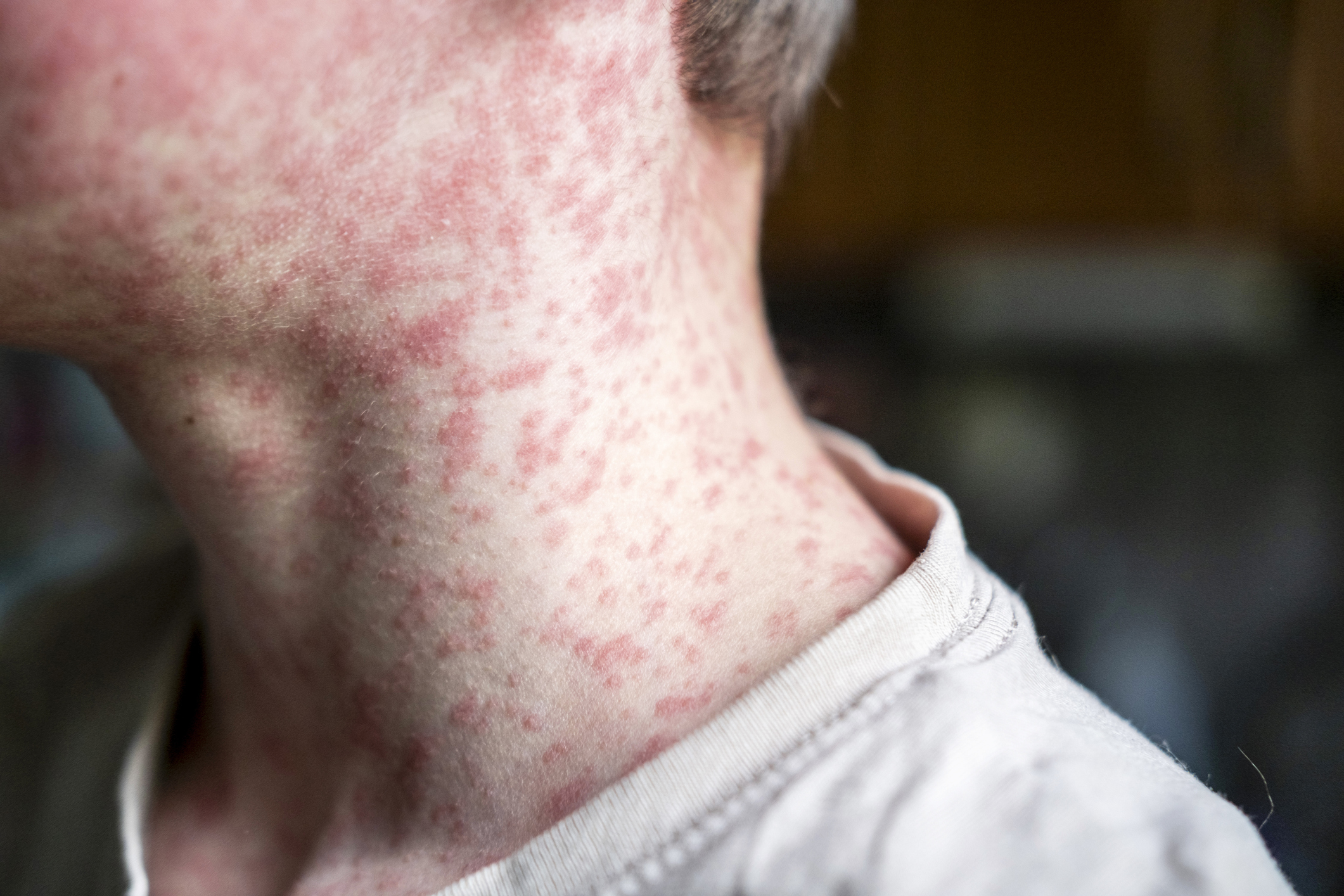Doctors perform medical miracles every day, including bringing people back from the dead.
Hartford Hospital has even had success bringing back to good health cardiac arrest patients who have been clinically dead for up to 17 minutes.
It’s something East Longmeadow, Mass. resident Ron Ennaco knows about firsthand.
"My son and I were splitting wood at his house. I was operating the splitter, which is a machine (in which) you pull the lever down and it splits the wood," Ron Ennaco said.
"I heard the dog barking a lot, so I looked up to see what was going on. (I) looked over (and) my father, he was leaning against the log splitter," Ennaco's son, David Ennaco, said.
Ron Ennaco's heart had stopped because of an abnormal heart rhythm.
"I grabbed him. His body was limp. He wasn't breathing or anything," David Ennaco said.
Health
Luckily for Ron, his son had just taken a CPR refresher course days before.
"It was very scary. (I) never thought I’d have to do CPR on a family member," David Ennaco said.
"I was and I am really proud of him. I'm happy he did it. I'm glad I have a son like that," Ron Ennaco said.
But Ron wasn't in the clear. He was clinically dead for 10 minutes.
"It varies, but after about four to five minutes, your brain starts having irreversible damage," Dr. Justin Lundbye, head of Hartford Hospital’s cardiac intensive care unit, said.
Ron Ennaco's heart stopped in Massachusetts and he was airlifted to Hartford.
Aboard the LifeStar helicopter, paramedics began administering a treatment that was critical to Ron's recovery. They started performing hypothermia therapy by cooling his body with chilled saline.
"Hypothermia therapy is a process where we cool the body temperature to about 91 degrees Fahrenheit. With that, we protect the brain from inflammatory processes that occur after people have been successfully resuscitated from cardiac arrest," Lundbye said.
The process replicates what happens when someone drowns in cold water.
Scientists first began noticing something unique back in the 1950s that led to the treatment.
"When young children and young adults would drown and would actually be under water … 30 minutes or so .. (they) would actually be pulled out of the water and resuscitated and would live to tell about it," Lundbye said.
This therapy doesn't only work for young patients.
The body is cooled for 24 hours and then, over the course of 18 hours, it’s slowly warmed.
"Some of the cell that are actually programmed to die. We will block that process and allow them to sort of restore function and restore its processes," Lundbye said.
In the last two years, Lundbye has used this therapy on 52 patients at Hartford Hospital.
The results have been remarkable.
"The experience we've seen with it has been so phenomenal in changing your survival rate from a low 40s (to) mid-60 percent. That's a 25 percent gain in survival. That's a lot of people," Lundbye said.
Years ago, Lundbye couldn't have conceived of such a treatment.
"I wouldn't believe it. I would say, wait a minute, after about five minutes there's irreversible brain damage and you're saying 17 minutes later people would walk out of the hospital," he said.
Ron Ennaco doesn't remember much about what happened when his heart stopped. He’s just happy he recovered.
"He woke up within a day or two. Waking up, he was pretty much himself getting around," David Ennaco said.
"To me, it's amazing that they could do something like that,” Ron Ennaco said. "I feel perfectly normal. I remember everything. I can walk good, I can talk good, and I work. If fact, two weeks after I left the hospital, we went back and finished splitting that wood.”
Hypothermia Therapy is currently ranked with a 2A indication by the American Heart Association and the American College of Cardiology. That means it is a valuable therapy that should be instituted, but it’s not a must.
Lundbye disagrees.
“I think it should be a must,” he said.



